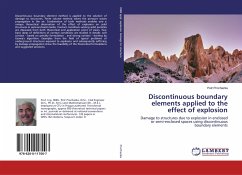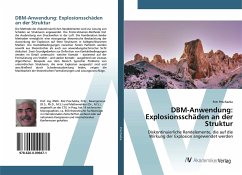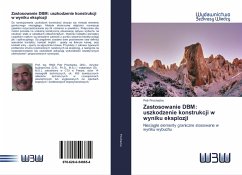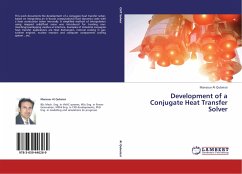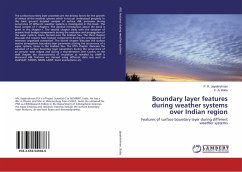Discontinuous boundary element method is applied to the solution of damage to structures. Finite volume method solves the pressure waves propagation in the air. Combination of both methods enables one a unique theoretical observation of the effect of explosion on solid structures in semi-enclosed media. Contact conditions among solid particles are discussed from both theoretical and application point of views. Two basic ideas of definitions of contact conditions are studied in details: soft contact - based on penalty formulation , and strong contact - starting by Uzawa's algorithm. Examples from the field of typical problems of underground structures exposed to explosion and subsequently suffering by damage propagation show the feasibility of the theoretical formulations and suggested solutions.

